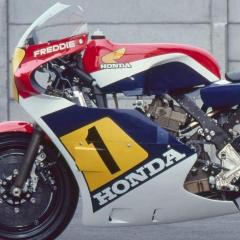Keep in mind that the bearings are designed so that the spacers locate everything in the correct place when you tighten the axle down. That's why you tighten the bolt on the right end of the axle first and then the clamps on the bottom of the forks. The wheel is located to the right side bearing that seats the outer race against the shoulder, and the other outer race has a more relaxed fit to allow it to locate relative to the inner race. This helps prevent it from being side loaded due to install error, and also due to thermal expansion. The manual tells you to install the right side bearing first for a good reason. Since it is your right side that is loose (assuming you haven't installed the wheel backwards...) I think you are fine using bearing retainer on that bearing as it goes in first and seats on the shoulder. I've used 609 numerous times on industrial and automotive repairs and it works great. If the bearing is flopping around loose and the wheel is wallowed out it won't fix that, but the difference between having to tap it lightly and falling on it's own is very small and not going to affect the wheel running on centre. This is what it is intended for. You don't need much, you don't want it squeezing up the back shoulder and into the bearing. I would clean everything well to be free of oil and wipe a thin film in the bottom of the bearing bore, only where the bearing seats, or you'll just push it all to the bottom anyway and have too much. Leave it to set up, unless you use Loctite primer, before installing the spacer and other bearing. Don't keep driving the other bearing in once it contacts the spacer or you'll undo what you are trying to fix.



